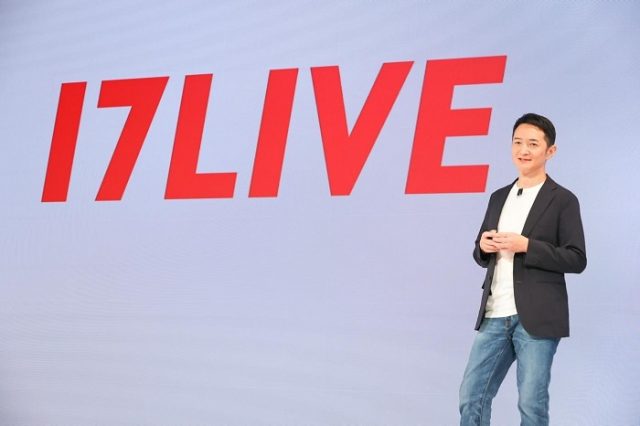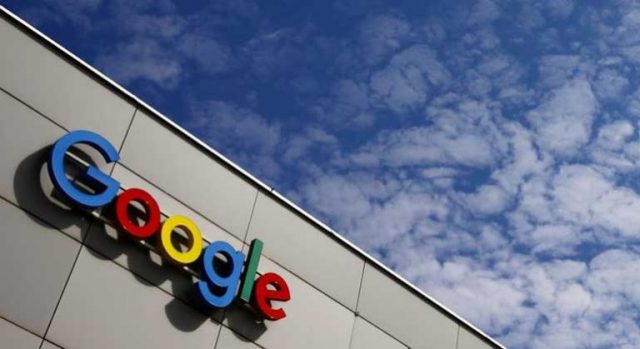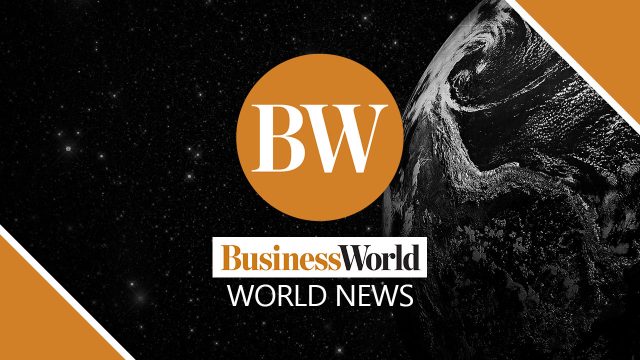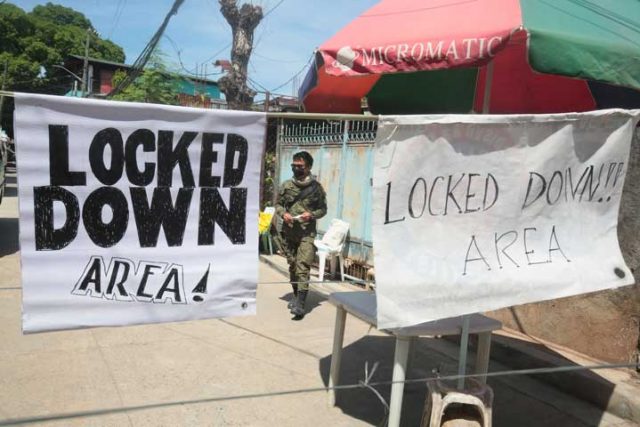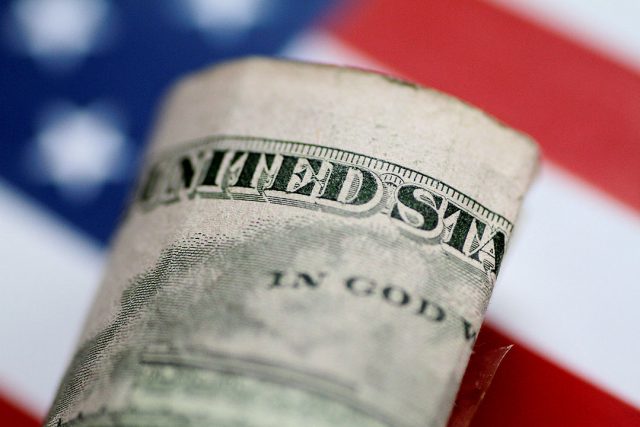Metrobank at 59 promotes arts, bags Bronze Stevie award

“Investing in our painters was one way of expressing my belief in Filipino talent and gifts. The businessman in me saw the investment side of buying good works. The other side was a way of giving back by supporting local artists.” – Dr. George S.K. Ty
The late Metrobank founder and philanthropist, Dr. George S.K. Ty, is greatly renowned not just for his leadership in the banking industry, but also for his passion in art collection and his devout support for the local art community. On Metrobank’s 59th anniversary, this legacy continues to live on through the Metrobank Art and Design Excellence (MADE) program of the Metrobank Foundation.
THE ART OF POSSIBILITIES
With the set quarantine restrictions and border lockdowns since last year, a lot of community sectors was affected and has fallen into difficult times, and even the art community was not spared. Some local artists were on the brink of leaving their creative work just to augment their family income. It is in this light that Metrobank, through its Foundation’s MADE program, organized a client-nurturing art event exclusive to its Ultra-High-Net-Worth (UHNW) clientele. The Bank saw the opportunity to engage with its UNHW clients, whose discerning taste and love for the arts can potentially help society at large. Thus, the birth of A Meaningful Private Auction by Metrobank.
With more than 100 attendees, the event brought solidarity among customers, the Bank, and contemporary artists who are former MADE awardees, as they banded together to raise funds for the struggling artists. As a result, 11 out of 13 paintings were sold and about half-a-million-peso cash assistance was raised. The meaningful participation of the Bank’s customers enabled them to help struggling artists augment the medical and financial needs of their families. Moreover, by keeping customers attuned to the Bank’s advocacies, they will have a more in-depth understanding of what the brand stands for.
WITH FLYING COLORS
Notably, A Meaningful Private Auction by Metrobank was recently recognized as a winner of a Bronze Stevie® Award in the Corporate & Community-Customer Engagement Event category in The 18th Annual International Business Awards®.
The International Business Awards® are the world’s premier business awards program. All individuals and organizations worldwide – public and private, for-profit and non-profit, large and small – are eligible to submit nominations. The 2021 IBAs received entries from organizations in 63 nations and territories.
DESIGNING THE FUTURE
As part of Metrobank’s 59th anniversary celebrations, the MADE program resumes its awarding ceremony this September. Guided by the theme “SPECTRUM: The Art of Possibilities,” the annual recognition program for the visual arts encourages Filipino artists to tap into the expansive realm of creativity and transpose their spectrum of ideas into works that mirror the human experience and reshape the world anew. Through this progressive initiative, Metrobank Foundation aims to sustain its mission in fostering Filipino artistry and creative excellence.
Established in 1984, MADE has served as a platform for discovery for the most passionate and persistent creative visionaries in the country. To date, more than 400 visual artists and design professionals have been recognized.
To get updates about the 2021 MADE activities, follow its official social media accounts on Facebook (@metrobankartanddesign) and Instagram (@metrobankartanddesign).
Spotlight is BusinessWorld’s sponsored section that allows advertisers to amplify their brand and connect with BusinessWorld’s audience by enabling them to publish their stories directly on the BusinessWorld Web site. For more information, send an email to online@bworldonline.com.


